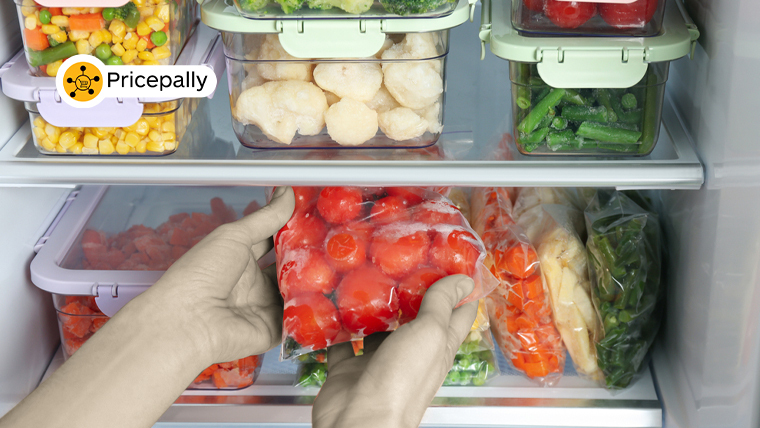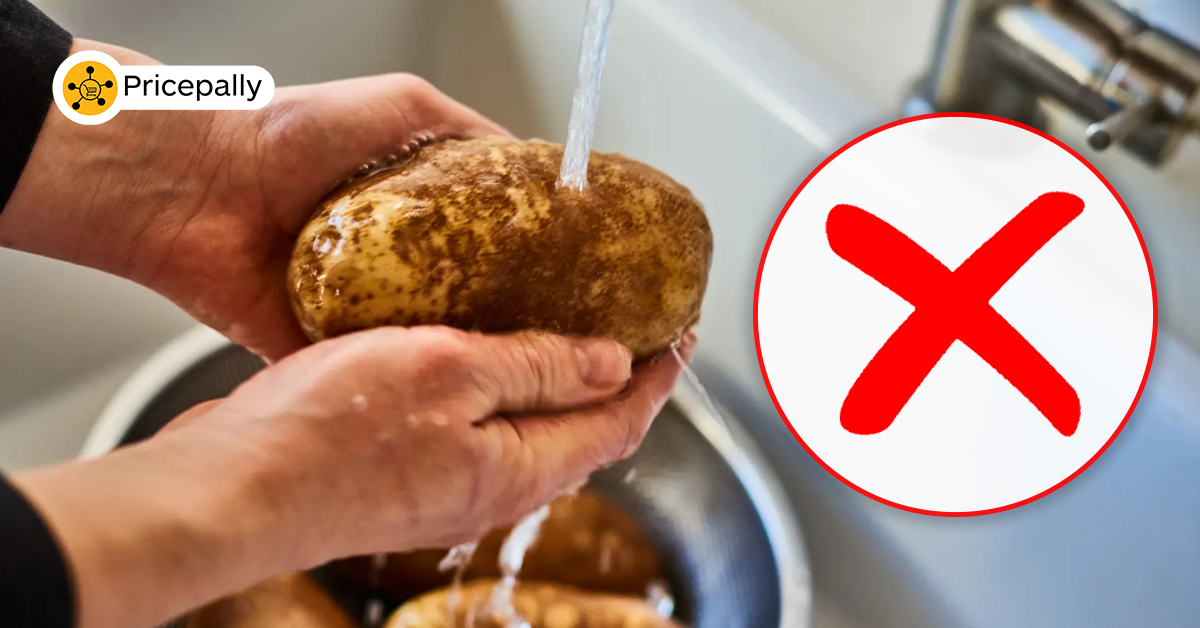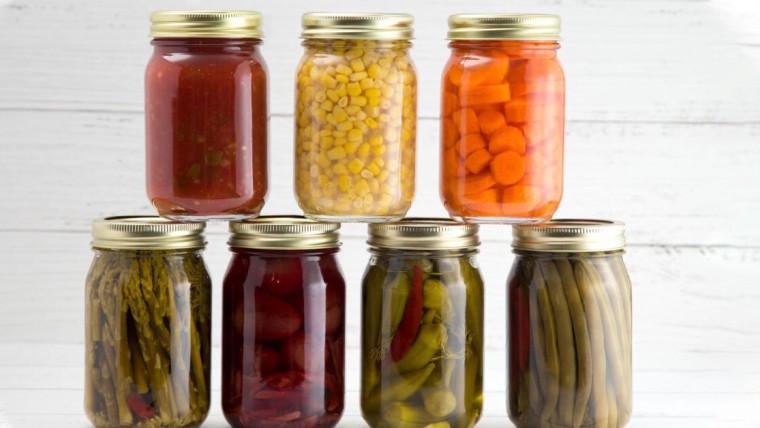Do you dislike seeing “dirty” perishable food items at the market? You may assume it’s a sign of untidiness or even poor business ethics. But are grocery stores right not to wash perishable foods like peppers and tomatoes with water? That’s the million-dollar question this post will answer.
What is a perishable food?
Perishables have a short shelf life. They’re vulnerable to environmental conditions like temperature and water content in the air. Unless you store perishables under the right conditions, they’ll spoil within a short time frame.
Common examples of perishables are fruits and vegetables, peppers and tomatoes, poultry meat, red meat (e.g., goat meat, ram meat, and beef), fish, eggs, and dairy products.
Why PricePally doesn’t wash perishables before delivery
PricePally sources perishables directly from the farmers’ table for customers. Creating optimal environmental conditions is the best way to preserve nutrients and prevent deterioration. For instance, potatoes have dirt on their skins because they’re grown underground. Although it’s tempting to rinse the dirt off with water before storage, keeping them dry will help them last longer. Washing adds moisture, which encourages the development of bacteria and fungi.
The temperature of the environment also affects the lifespan of perishables. For example, potatoes stored at cool temperatures maintained 90% of their vitamin C content for four months in 2013. In contrast, potatoes in warm room temperatures lost 20% of their vitamin C after one month.
Similarly, excess moisture causes vegetables, including peppers and tomatoes, to rot faster because it promotes fungi and bacteria growth. Air circulation is another factor we consider at PricePally. Generally, underground foods (e.g., potatoes and yam), fruits and vegetables, peppers, and tomatoes behave poorly without air circulation. Instead, they prefer a cool, dry place with sufficient air circulation.
We recommend keeping vegetables and farm-fresh food unwashed until you are ready to use them. The fresh skins and minimal contact with water preserve their nutrients and freshness during transportation when food items are kept in airtight packaging materials.
3 ways to preserve perishable foods at home
 The refrigerator, especially the vegetable section, provides the best conditions for storing perishables. The storage tips listed below are also handy for prolonging the lifespan of perishables at home.
The refrigerator, especially the vegetable section, provides the best conditions for storing perishables. The storage tips listed below are also handy for prolonging the lifespan of perishables at home.
1. Beware of the temperature danger zone
The United States Department of Agriculture (USDA) believes that bacteria growth doubles within minutes in the “temperature danger zone,” which is usually 40–140°F (or 4–60°C). The general rule is to store perishable foods at a “safe temperature” below 40°F or above 140°F (that is, greater than 60°C or less than 4°C) to prevent bacteria growth.
2. Water is not always your friend
In his evergreen “water no get enemy” track, legendary Nigerian musician Fela Kuti recited that water has no foe. Fela’s water anecdote, however, doesn’t pass the perishable check. Washing some perishables (e.g., potatoes) with water hastens spoilage.

For instance, potatoes need fresh air to prevent moisture buildup and bacteria growth on their skin. It also likes warm temperatures (43–50°F) in a dry place to delay the formation of sprouts. That’s why the root cellar, an underground preservation space for fruits and vegetables, is the best place for potatoes.
While you may not have a root cellar at home, avoid storing fresh potatoes in a refrigerator. Instead, put them in an open bowl away from light in a cool, dry place.
Preservation tip: To avoid pests or insects on potato skins at home, rinse them with white vinegar or a salt solution before putting them in an open bowl away from sunlight.
3. Not all foods like one another
Some foods can’t stand each other. Here’s why: Certain fruits (e.g., apples and bananas) provoke maturity because they produce high amounts of ethylene, the ripening hormone. By interpretation, apples and bananas make ethylene-sensitive foods (e.g., potatoes and broccoli) rot faster if you store them in the same region. For this reason, store high ethylene producers at least 6-10 inches away from ethylene-sensitive fruits and vegetables.
In cases where fruits that produce ethylene are also ethylene-sensitive, they should not be stored together to prevent premature ripening and spoilage. Examples of foods in this category are apples, ripe avocados, and pears. Likewise, mangoes and guavas are moderate ethylene producers; therefore, keep them apart.
Neither potatoes nor onions produce ethylene. But preserve both foods in different spaces because they release moisture, which causes rot.
Use this table as a guide to learn about ethylene-sensitive and ethylene-producing foods.
|
Ethylene producers |
Ethylene-sensitive food | Ethylene-inhibitors |
|
Apples |
Cabbage | Garlic |
|
Avocados |
Carrots |
Onions |
|
Bananas and onions |
Cauliflower |
Cranberries |
|
Pears |
Grapes |
Ginger |
|
Tomatoes (ripe) |
Lemons and limes |
Sweet pepper (tatashe) |
|
Peppers |
Lettuce |
|
|
Pears |
Sweet potatoes | |
|
Peaches |
Watermelon |
|
| Kiwi |
Watermelon |









How Pricepally is reinventing Bulk buying Fresh-farm foods in Nigeria.
PRICEPALLY FOOD PRICE INDEX
WORLD EARTH DAY 2021
Will Standardized Food measurement become widely adopted in Nigeria?
Kuda Partners With PricePally to Help Nigerians Save More on Fresh Food
Bulk Food Supply for Businesses: How PricePally’s Loyalty Rewards Program Helps You Save More and Grow
PricePally PriceLock FAQs: How to Beat December Food Inflation in Nigeria
Exploring Okro: Benefits, Meal Ideas, and Okra Water